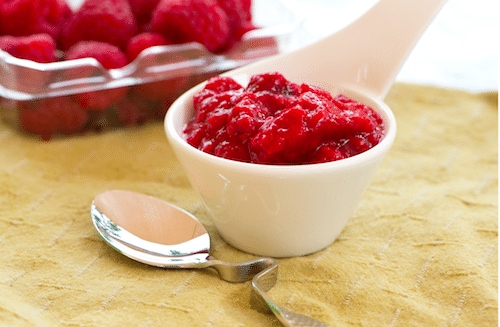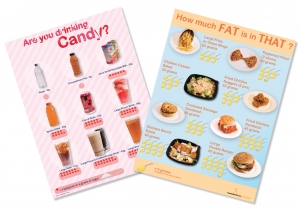"Natural" as a Food Label: What Does It Mean?
 You may remember all the excitement surrounding the new gluten labeling guidelines, which regulate claims about whether a food contains gluten. We wanted to explore the ramifications of other claims on product labels, and while I was going through food articles, I found this gem about misleading "natural" food claims by NYU professor Marion Nestle. What does that "natural" label mean anyway?Well, to start, "natural" does not mean organic. Organic foods are certified as such by the USDA, and the process is intense and documented. Certified foods can display the green USDA organic label on product packaging. That's how you know that the food was grown/raised in an environment free of antibiotics, artificial fertilizers, genetic modifications, hormones, irradiation, pesticides, and sewage."All-Natural," on the other hand, does not seem to be regulated in the same way. Part of the problem is the broad definition. According to the Food and Drug Administration, "it is difficult to define a food product that is ‘natural’ because the food has probably been processed and is no longer the product of the earth. That said, FDA […] has not objected to the use of the term if the food does not contain added color, artificial flavors, or synthetic substances." Even then, the policy is not necessarily enforced.So what's the problem with this loose definition?Well, "natural" as a phrase is an excellent marketing tool. People often assume that "natural" foods are better tasting and better for them. Manufacturers can slap on the "natural" adjective, but it doesn't mean that that food is the best choice. Here are a few examples:
You may remember all the excitement surrounding the new gluten labeling guidelines, which regulate claims about whether a food contains gluten. We wanted to explore the ramifications of other claims on product labels, and while I was going through food articles, I found this gem about misleading "natural" food claims by NYU professor Marion Nestle. What does that "natural" label mean anyway?Well, to start, "natural" does not mean organic. Organic foods are certified as such by the USDA, and the process is intense and documented. Certified foods can display the green USDA organic label on product packaging. That's how you know that the food was grown/raised in an environment free of antibiotics, artificial fertilizers, genetic modifications, hormones, irradiation, pesticides, and sewage."All-Natural," on the other hand, does not seem to be regulated in the same way. Part of the problem is the broad definition. According to the Food and Drug Administration, "it is difficult to define a food product that is ‘natural’ because the food has probably been processed and is no longer the product of the earth. That said, FDA […] has not objected to the use of the term if the food does not contain added color, artificial flavors, or synthetic substances." Even then, the policy is not necessarily enforced.So what's the problem with this loose definition?Well, "natural" as a phrase is an excellent marketing tool. People often assume that "natural" foods are better tasting and better for them. Manufacturers can slap on the "natural" adjective, but it doesn't mean that that food is the best choice. Here are a few examples:
- Nature's Promise Naturals Beef Hot Dogs Uncured contain 14 g of fat, 6 g of saturated fat, and 320 g of sodium per link. If you add a hot dog bun and condiments like mustard, relish, and ketchup, then your meal can easily go over 1,000 mg of sodium. And those fat and saturated fat levels are pretty darn high.
- Back to Nature Spirals and Cheddar White Dinner is a macaroni and cheese mix in a box. A 2.5 ounce serving contains 260 calories, 3 g of fat, and 660 mg of sodium. And what does back to nature have to do with it?
- Cape Cod Kettle Cooked Potato Chips Original All-Natural still contain 150 calories per ounce serving. They have 8 g of fat.
- KIND Fruit and Nut Bar Almond and Coconut All-Natural contains 210 calories, 13 g of fat and 10 g of sugars per 1.4 ounce bar.
- A few of the "Natural" broths have over 500 mg of sodium per cup.
If you search peapod.com for "Natural" products, over 1,300 foods will come up as search results! Many are good choices, but you always have to read the label to make sure that you are not buying an item that is high in fat and or sodium.If you're looking for healthful, natural foods that you can incorporate into your diet, don't necessarily trust the package's claims. Look at the Nutrition Information label instead, and pay close attention to the ingredients list. Make sure you are buying items that have 5% or less of the daily value for fat, saturated fat, and sodium. And make sure the trans fat content is 0.So, where to start? You can't go wrong with fresh, in-season fruits and vegetables. Visit the recipe database for healthful and tasty treats!Looking for more? Check out the store!




